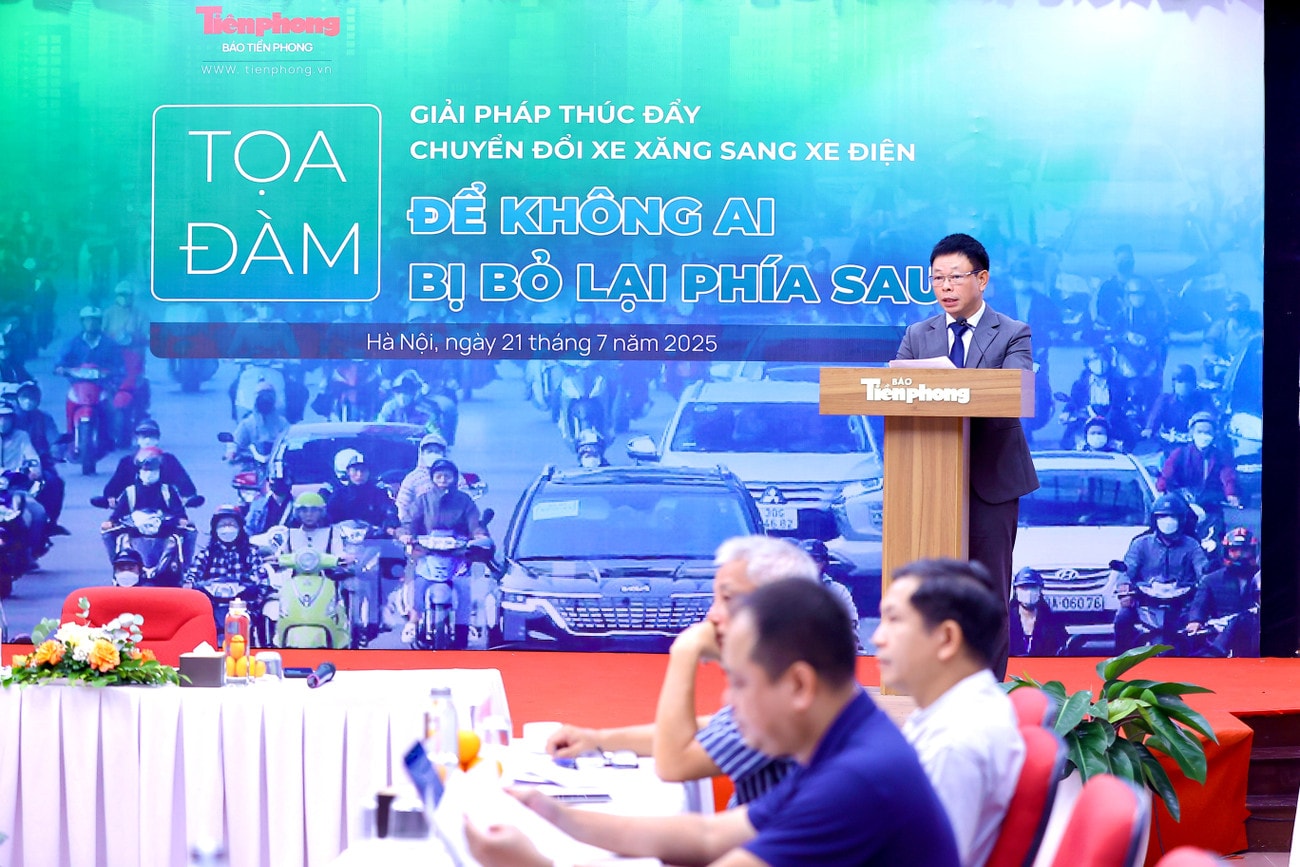
Motorcycles - a major source of emissions
At the seminar "Solutions to promote the conversion of gasoline vehicles to electric vehicles so that no one is left behind" organized by Tien Phong Newspaper on the morning of July 21, many scientists , experts, leaders of ministries, branches and professional agencies all affirmed: If drastic action is not taken, air pollution will continue to erode public health, negatively impacting sustainable development.
Associate Professor Dr. Hoang Anh Le (University of Natural Sciences, VNU) cited research showing that during the day, motorbikes are the main source of emissions, while at night it is trucks. In particular, gasoline motorbikes are often not equipped with an exhaust treatment system, emitting directly through the exhaust pipe, so the pollution level is much higher than that of cars - which already have a standard exhaust filtration system.
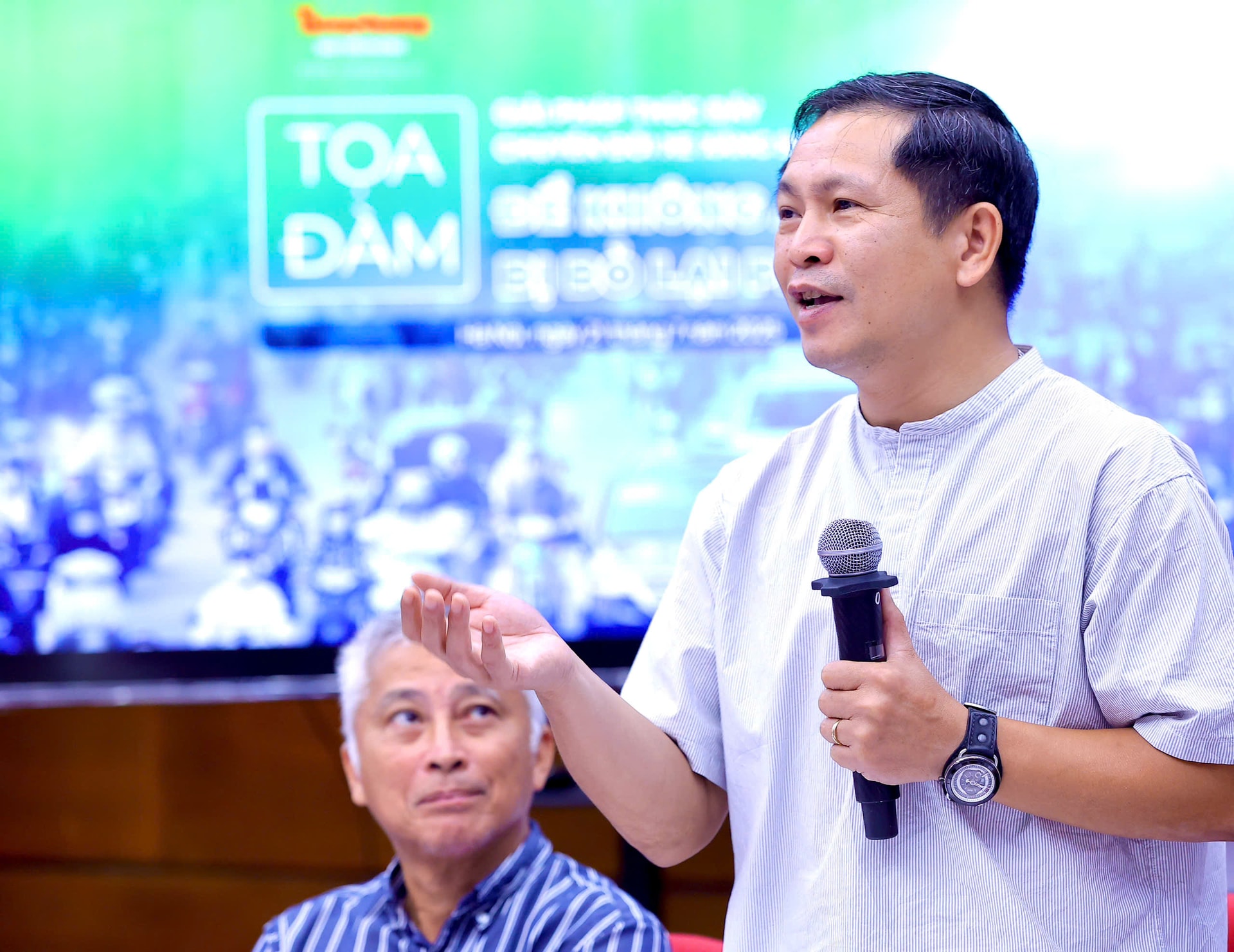
In the inner city area – especially Ring Road 1 – dense traffic points and low travel speeds increase fuel consumption. According to calculations, the average speed of vehicles in Hanoi is only about 35km/h – one of the reasons for the sharp increase in emissions.
According to Ms. Nguyen Hoang Anh (Department of Environment, Ministry of Agriculture and Environment ), after the Covid-19 pandemic, when economic activities return to normal, there will be very few days left for Hanoi to have good air quality.
In the last 3 months of 2024, the city recorded 47 days with very bad pollution levels, with AQI exceeding 246. “To determine the exact cause, it is necessary to inventory emissions, but this is a dynamic source, changing flexibly, and we currently lack funding and standard methods. However, data from monitoring stations shows that traffic is still the largest source of emissions, combined with winter weather conditions - dry, temperature inversion - making Hanoi more polluted than Ho Chi Minh City,” Ms. Nguyen Hoang Anh explained.

Need a feasible and humane transformation roadmap
Discussing the issue of motorbike emissions, Director of the Road Vehicle Emission Testing Center Nguyen Dong Phong frankly said: “The whole country has nearly 70 million motorbikes but there is no mechanism to control emissions for vehicles in circulation. We only apply emission standards to new vehicles sold on the market. This makes the amount of emissions from old vehicles extremely large and difficult to control.”
Therefore, switching to electric vehicles is considered a strategic solution, but it needs to be accompanied by a specific roadmap, clear support policies and most importantly, ensuring that no one is left behind.
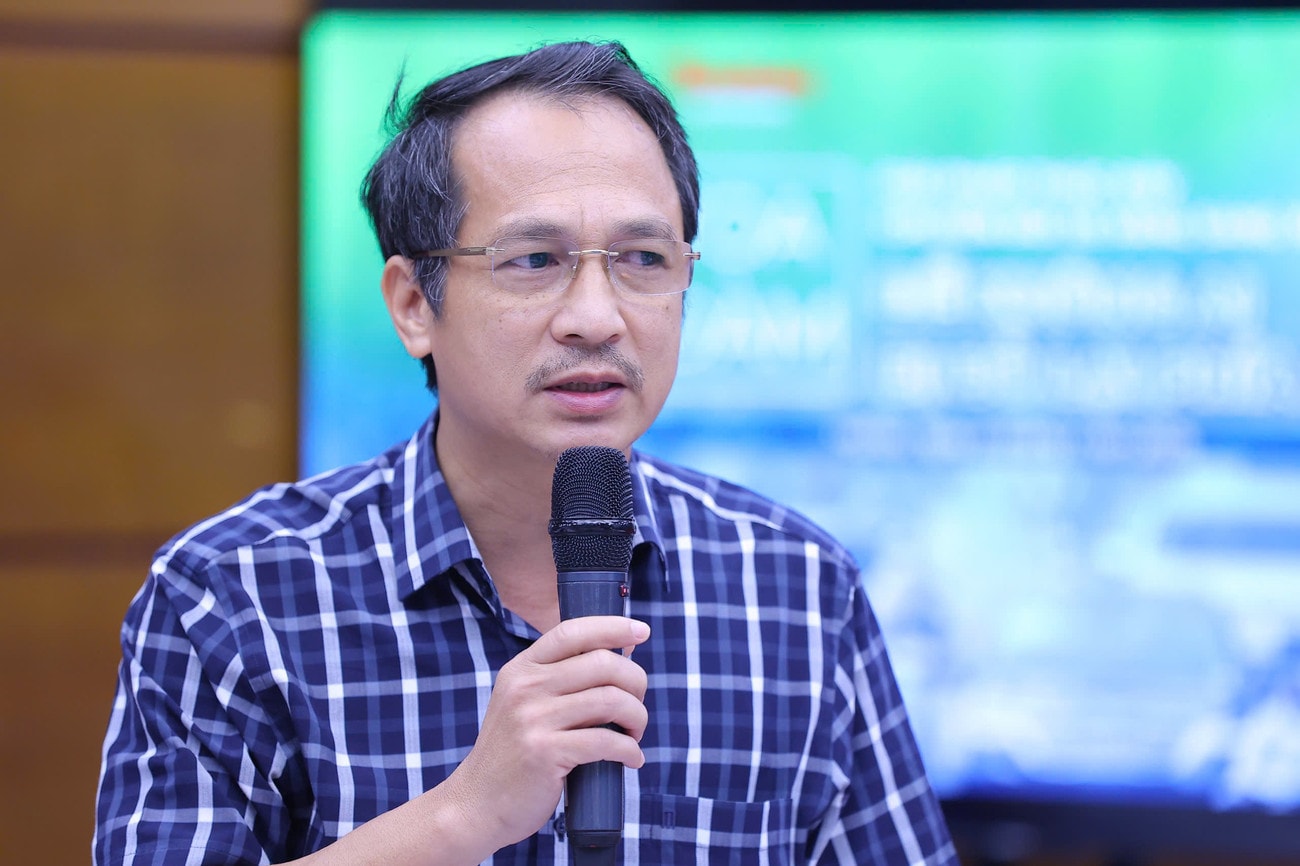
In particular, it is no coincidence that Directive No. 20/CT-TTg of the Prime Minister has requested Hanoi city to ban all gasoline-powered motorbikes from circulating in the beltway 1 area from July 1, 2026. Next, from 2028, it will limit private cars using fossil fuels in beltways 1 and 2. By 2030, this policy will be expanded to beltway 3. A strong decision, but also raises many problems regarding conversion, infrastructure, consensus, and feasibility in practice.
Sharing the same view, Dr. Hoang Duong Tung (Chairman of the Vietnam Clean Air Network) emphasized: Opportunities are ahead, but without detailed plans, effective propaganda, and transparent mechanisms, people will not feel secure in accompanying. Hanoi City must take the lead in the transformation - not only because the Capital has the Capital Law, but also because it is a responsibility to set an example.
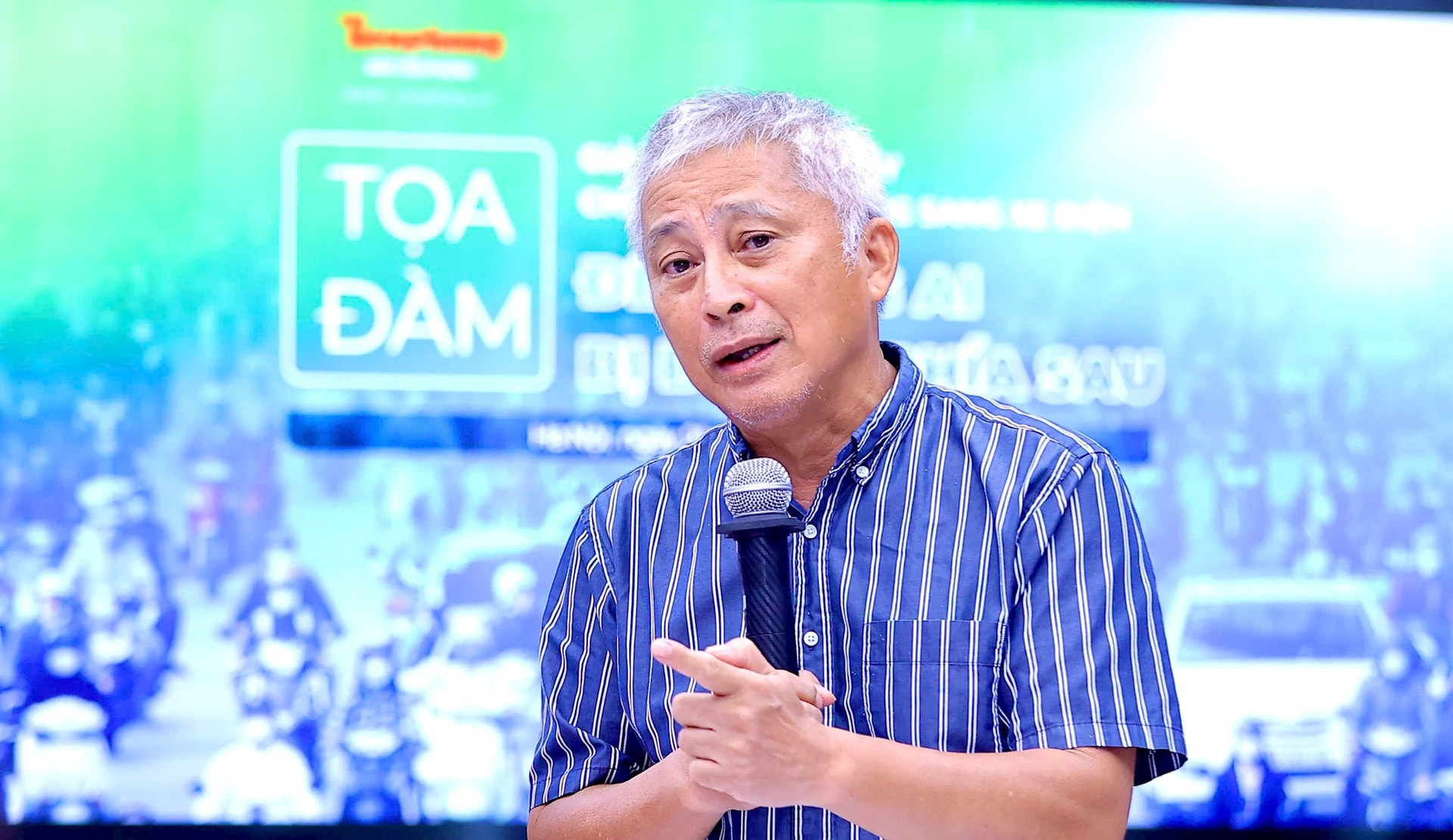
Hanoi currently has about 6.9 million motorbikes, an estimated 450,000 of which are in fixed circulation in the beltway 1 area. Head of the Investment Finance Department, Hanoi Department of Construction Phan Truong Thanh said that the city will implement 5 groups of solutions such as: Surveying residents, assessing the number of vehicles and usage needs; perfecting policies and legal documents associated with the Capital Law and the Low Emission Zone Project; investing in public transport infrastructure and charging stations; issuing emission standards, building inspection mechanisms for motorbikes; strengthening communication, raising public awareness, helping people understand and support.
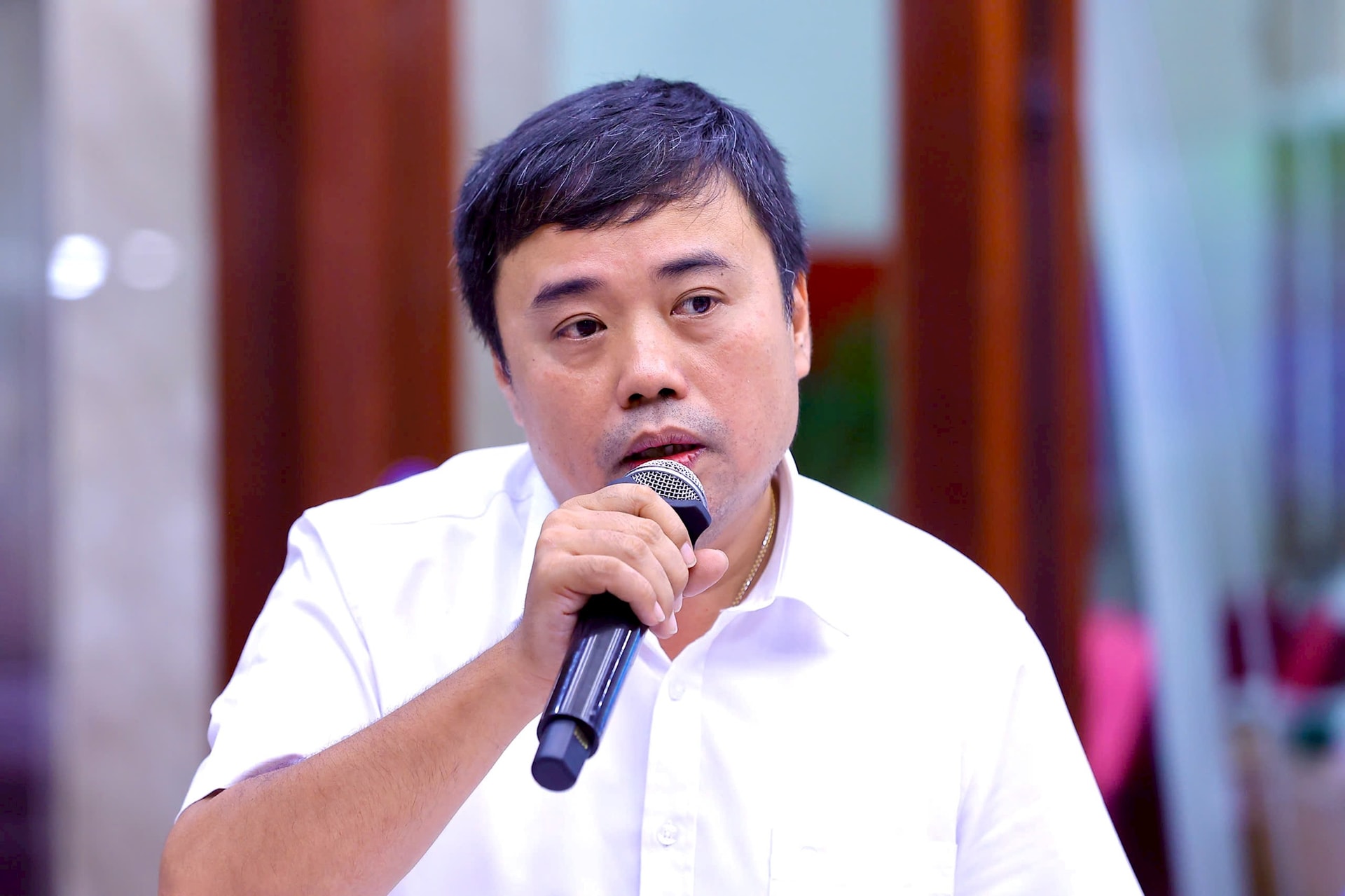
In addition, motorbikes cannot be replaced without a convenient, fast, and well-connected public transport system. According to Mr. Nguyen Van Ngoc - Deputy General Director of Hanoi Railway One Member Co., Ltd., as of July 2025, the two metro lines (Cat Linh - Ha Dong and Nhon - Hanoi Station) have transported a total of more than 42 million passengers; the growth rate reached 9.5% (2023) and 14% (2024) ... showing that people are gradually changing their habits, if the infrastructure is good.
“We are connecting with mini bus routes, organizing terminal shuttle buses, helping passengers easily access the train, especially in small alleys and narrow areas,” said Mr. Ngoc.

Associate Professor Dr. Nguyen Duc Luong (Hanoi University of Civil Engineering) affirmed that Vietnam is not alone on this journey. South Korea, Japan, India, Thailand, and Indonesia have all strongly implemented or are implementing conversion policies. Specifically, South Korea integrates charging stations into smart urban planning, offers tax incentives, and encourages large corporations to develop electric vehicles. Japan exempts taxes on electric vehicles and encourages the use of hybrid vehicles. India heavily subsidizes electric two-wheelers, focusing on delivery and technology groups...
From there, Mr. Luong proposed: "Vietnam needs a transparent roadmap, specific plans, direct support for people, promoting private investment, and strong communication so that the transformation can truly come to life."
Converting gasoline motorbikes to electric motorbikes is not simply a transportation policy – but a comprehensive social, environmental, health, economic and social policy. Hanoi has advantages, determination and has taken the first steps. But to succeed, much more is needed, from the commitment of the government, the companionship of businesses to the understanding and sharing of the people. A green – clean – modern Hanoi is not only an aspiration, but a responsibility. There can be no more delay!
Source: https://hanoimoi.vn/xe-may-xang-va-o-nhiem-khong-khi-do-thi-da-den-luc-hanh-dong-quyet-liet-709832.html



![[Photo] 80th Anniversary of the General Staff of the Vietnam People's Army](https://vphoto.vietnam.vn/thumb/1200x675/vietnam/resource/IMAGE/2025/9/6/49153e2a2ffc43b7b5b5396399b0c471)

![[Photo] Rescuing people in flooded areas at the foot of Prenn Pass overnight](https://vphoto.vietnam.vn/thumb/1200x675/vietnam/resource/IMAGE/2025/9/6/19095b01eb844de98c406cc135b2f96c)

![[Photo] Prime Minister Pham Minh Chinh attends the 80th Anniversary of the Vietnam Posts and Telecommunications Group](https://vphoto.vietnam.vn/thumb/1200x675/vietnam/resource/IMAGE/2025/9/6/39a89e5461774c2ca64c006d227c6a4e)
![[Photo] General Secretary To Lam attends the 80th Anniversary of the General Staff of the Vietnam People's Army](https://vphoto.vietnam.vn/thumb/1200x675/vietnam/resource/IMAGE/2025/9/6/126697ab3e904fd68a2a510323659767)




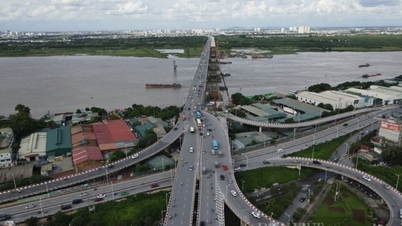
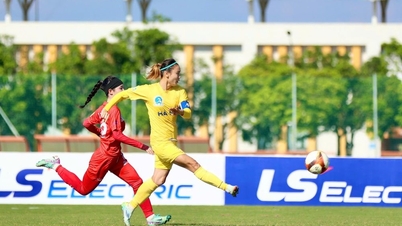

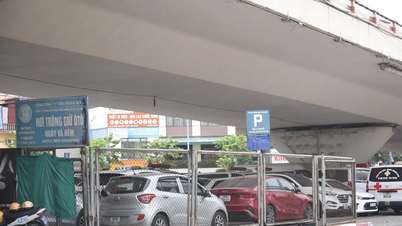

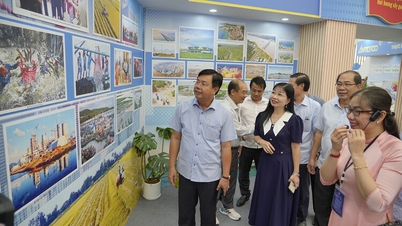








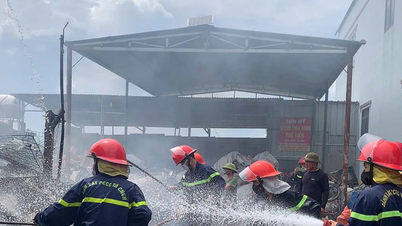
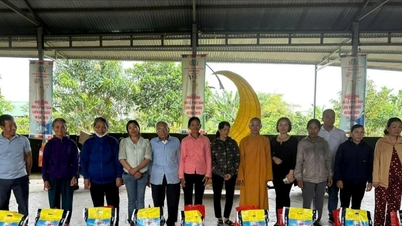


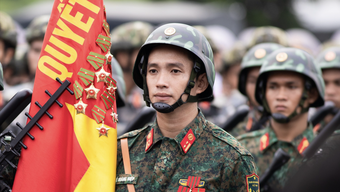


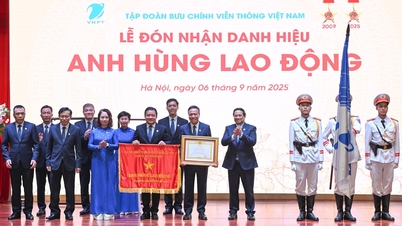

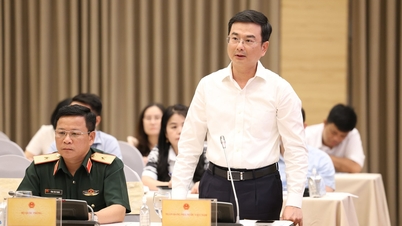

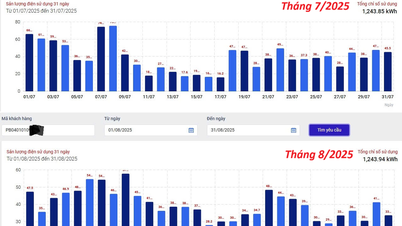
![[Photo] Many people directly experience beloved Uncle Ho and the General Secretaries](https://vphoto.vietnam.vn/thumb/1200x675/vietnam/resource/IMAGE/2025/9/6/2f4d9a1c1ef14be3933dbef3cd5403f6)










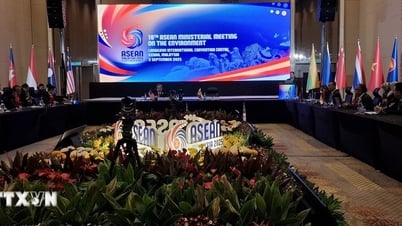













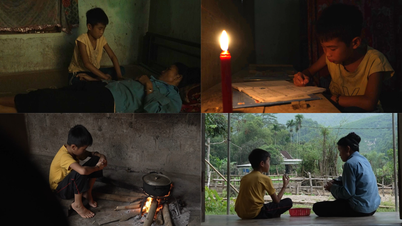



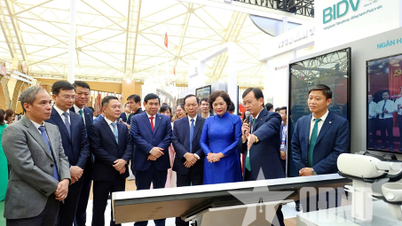
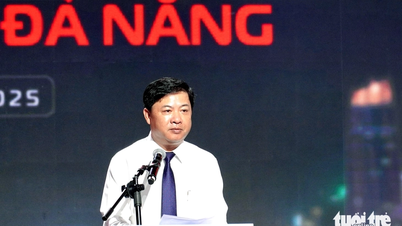



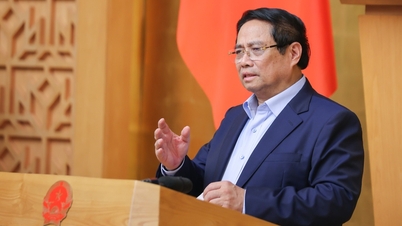


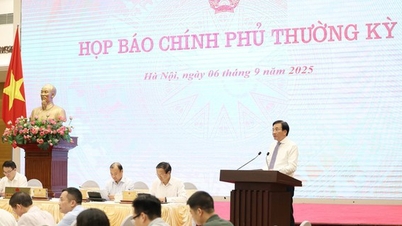


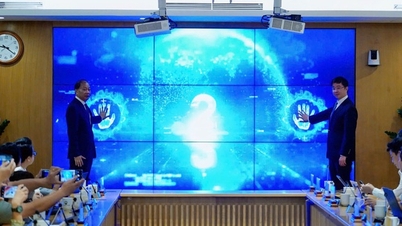

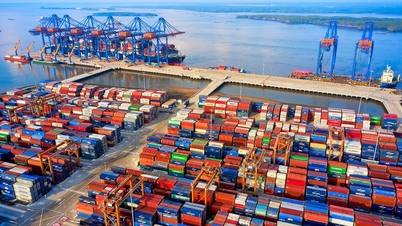

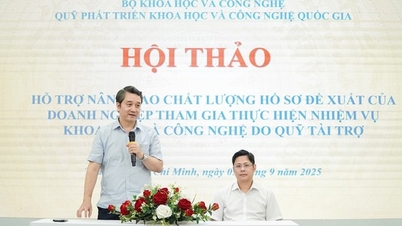
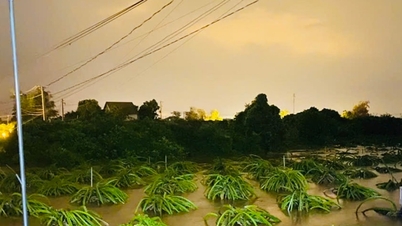


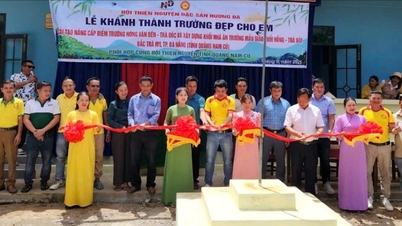

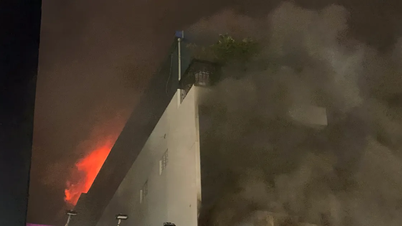

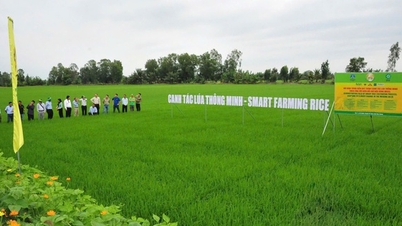

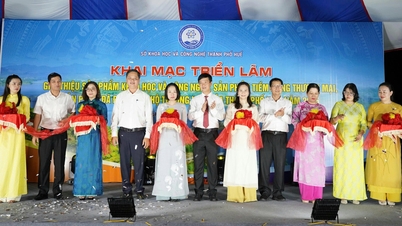

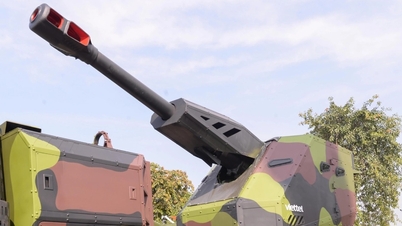







Comment (0)